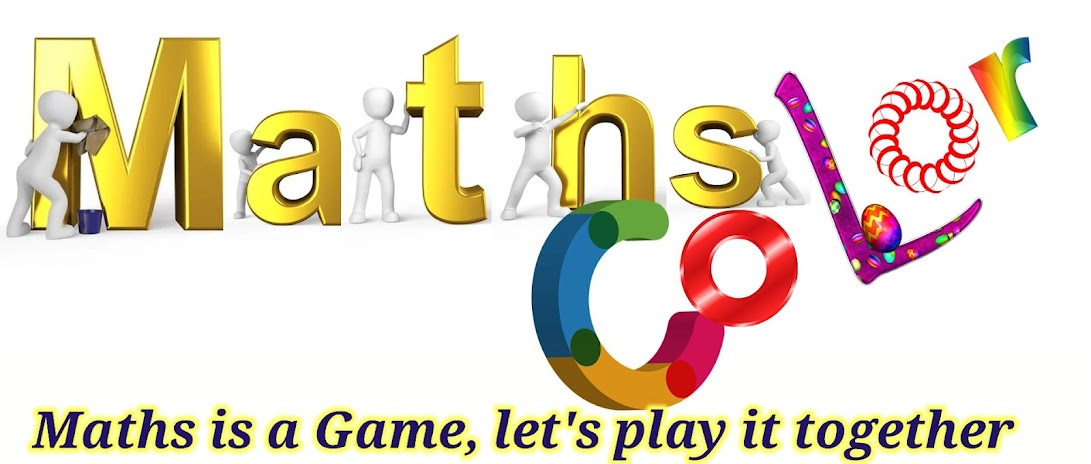CBSE Syllabus for Class 6 Maths is released by the central board of secondary education which is according to the NCERT. It contains the mathematical concepts that will help the students to improve their mental growth by the means of quality education.
Class 6 maths curriculum is important as it lays the foundation for students for higher studies. Students can plan their studies for learning algebra, numbers, geometry, data handling, and other chapters. Each chapter has a unique value and it will assist the students of the CBSE schools to develop analytical and thinking skills for solving problems.
CBSE Syllabus for Class 6 Mathematics: Highlights
Chapter 1:- Knowing Our Numbers
The study of this chapter will let you get to know the study of roman numbers, complex numbers like millions, billions etc
- Introduction
- Comparing Numbers
- Large Numbers in Practice
- Using Brackets
- Roman Numerals
Chapter 2:- Whole Numbers
As the name reflects, it will cover the whole numbers, their properties, patterns in a series of the whole numbers, number lines, etc
- Introduction
- Whole Numbers
- The Number Line
- Properties Of Whole Numbers
- Patterns in Whole Numbers
- Introduction
- Factors and Multiples
- Prime and Composite Numbers
- Test For Divisibility Of Numbers
- Common Factors and Common Multiples
- Some More Divisibility Rules
- Prime Factorization
- Highest Common Factor
- Lowest Common Multiple
- Some Problems on HCF and LCM
- Introduction
- Points
- A Line Segment
- A line
- Intersecting Lines
- Parallel Lines
- Ray
- Curves
- Polygons
- Angles
- Triangles
- Quadrilaterals
- Circles
- Introduction
- Measuring Line Segments
- Angles-’Right’ and ‘Straight’
- Angles- ‘Acute’, ‘Obtuse’, and ‘Reflex’
- Measuring Angles
- Perpendicular Lines
- Classification of Triangles
- Quadrilaterals
- Polygons
- Three Dimensional Shapes
- Introduction
- Integers
- Addition of Integers
- Subtraction of Integers with the help of a Number Line
- Introduction
- A Fraction
- Fraction on the Number Line
- Proper Fractions
- Improper and Mixed Fractions
- Equivalent Fractions
- Simplest Form of a Fraction
- Like Fractions
- Comparing Fractions
- Addition and Subtraction of Fractions
- Introduction
- Tenths
- Hundredths
- Comparing Decimals
- Using Decimals
- Addition of Numbers with Decimals
- Subtraction of Decimals
- Introduction
- Recording Data
- Organization of Data
- Pictograph
- Interpretation of a Pictograph
- Drawing a Pictograph
- A Bar Graph
- Introduction
- Perimeter
- Area
- Introduction
- Matchstick Patterns
- The Idea Of A Variable
- More Matchstick Patterns
- More Examples of Variables
- Use Of Variables in Common Rules
- Expressions with Variables
- Using Expressions Practically
- What is an Equation?
- Solution of an Equation
- Introduction
- Ratio
- Proportion
- Unitary Method
- Introduction
- Making Symmetric Figures: Ink-blot Devils
- Figures With Two Lines of Symmetry
- Figures with Multiple Lines of Symmetry
- Reflection and Symmetry
- Introduction
- The Circle
- A Line Segment
- Perpendiculars
- Angles


No comments:
Post a Comment